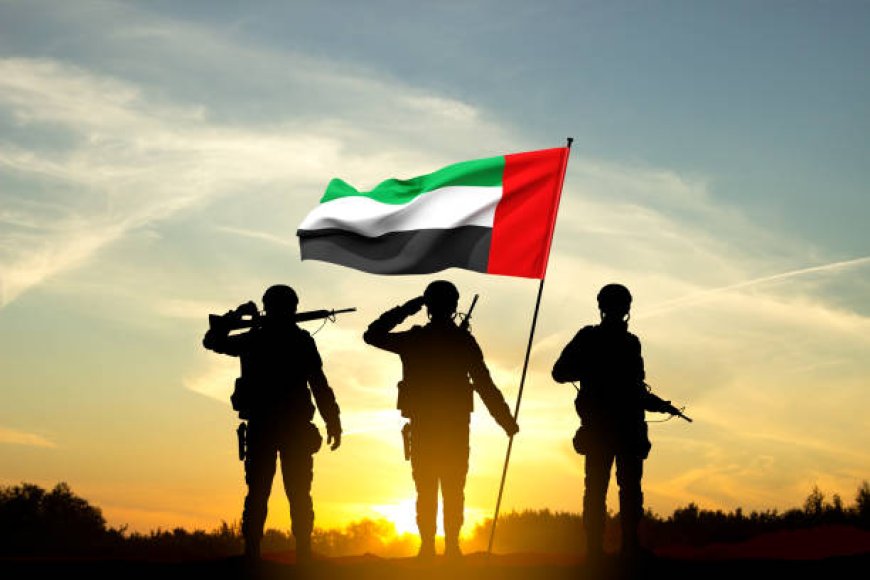Political Mobilisation Intensifies in Kashmir Ahead of July 13 Martyrs’ Day Commemorations
Political mobilisation gains momentum in Kashmir ahead of July 13 Martyrs’ Day. Regional parties plan floral tributes and community events to honour historic sacrifices amid shifting political dynamics.

Srinagar, July 11, 2025 — As the politically sensitive date of July 13 approaches, regional parties in Jammu & Kashmir are ramping up their efforts to observe Martyrs’ Day, a historic and emotionally charged event in the Valley's calendar. Known for commemorating the 22 Kashmiris who were killed in 1931 while protesting autocratic Dogra rule, Martyrs’ Day has, for decades, symbolized resistance, political consciousness, and a call for self-determination.
This year, several mainstream parties—including the National Conference (NC), Peoples Democratic Party (PDP), and People’s Conference (PC)—have announced plans to organize commemorative events, including floral tributes at the Martyrs’ Graveyard in Srinagar's Khanyar locality.
The renewed mobilisation around this day highlights both the shifting political landscape of the region and the persistent efforts of Kashmiri parties to reclaim historical narratives amid evolving central policies on Jammu & Kashmir.
The Significance of July 13 in Kashmir’s Political Memory
Martyrs’ Day was traditionally observed as an official state holiday until 2019, when the Union government scrapped Article 370, revoked Jammu & Kashmir’s special status, and reorganized the state into two Union Territories.
Since then, the observance of July 13 has become a contentious issue. While the current administration has kept it off the list of official holidays, regional parties continue to assert its relevance, viewing it as a marker of Kashmir’s political identity and struggle.
Former Chief Minister Farooq Abdullah, president of the National Conference, recently stated: “July 13 is not just a day in history—it is a symbol of the Kashmiri people’s fight against oppression and injustice. Ignoring it is erasing a part of our identity.”
Political Reclaiming Through Mobilisation
This year, the commemorations are expected to be more visible, especially with Assembly elections likely on the horizon. Sources close to regional political outfits confirm that coordination meetings are already underway to plan respectful and peaceful gatherings.
The PDP, led by Mehbooba Mufti, has called for a collective remembrance: “The sacrifices of our forefathers must be honoured. We invite all parties who believe in Kashmir’s dignity to join in floral tributes and community discussions.”
Reports suggest that multiple parties are exploring a joint ceremony at the Martyrs’ Graveyard, although there is no formal announcement yet of a unified front. The symbolism of a collective tribute, however, could send a powerful message about unity among Kashmir’s fractured political leadership.
Security Concerns and Administrative Response
With political activities increasing, security agencies have begun assessing potential risks. In the past, July 13 events have attracted significant attention, and officials are expected to tighten surveillance, especially in Srinagar and neighbouring districts.
A senior police officer, speaking on condition of anonymity, confirmed, “We are in touch with political parties to ensure peaceful conduct. Intelligence units are monitoring for any signs of disruption or attempts by fringe groups to hijack the narrative.”
The administration, while not officially participating, has thus far not issued restrictions on peaceful gatherings. However, any show of political strength will be closely watched, particularly as it could set the tone for future political activity in the run-up to long-awaited elections.
Youth Participation and Legacy Debates
Interestingly, political mobilisation this year includes attempts to engage the younger generation, many of whom have grown up in a post-Article 370 era with no direct experience of Martyrs’ Day as a public holiday.
Parties like the Jammu & Kashmir Apni Party and Awami National Conference are planning interactive sessions, debates, and local community meetings to educate youth on the historical significance of July 13.
However, the day is not without controversy. Some sections of Jammu society view it through a different lens, seeing the narrative as being selectively interpreted. This tension adds layers to the complexity of political mobilisation around Martyrs’ Day and underlines the need for sensitive and inclusive messaging by regional leaders.
A Subtle Push for Political Space
Analysts say this heightened activity is not merely about remembrance—it is also about reasserting political space that many local parties feel has been shrinking since the Centre’s sweeping policy changes in 2019.
Dr. Zahid Ahmad, a Srinagar-based political commentator, notes: “These commemorations are doubling as subtle political statements. It’s a reminder from regional actors that history, emotion, and identity are still deeply tied to the political future of Kashmir.”
Given the absence of a legislative assembly since 2018 and the current governance structure under the Lieutenant Governor, parties are under pressure to reconnect with their base and demonstrate their relevance.
Conclusion: Beyond Flowers and Speeches
While floral tributes at a graveyard might appear symbolic on the surface, the reality is more layered. The resurgence of Martyrs’ Day commemorations reflects a deep undercurrent of political recalibration in Jammu & Kashmir. It is a moment where the past and future intersect—where memories are being revived not just for mourning but for mobilising.
Whether this leads to a sustained and unified political movement or remains a ritualistic observance will depend on how parties channel public sentiment in the days to come.











